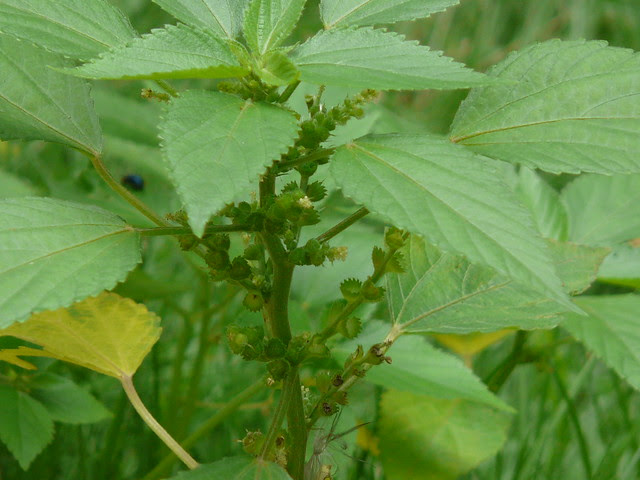FOR VALIDATION :: Acalypha lanceolata :: Mumbai :: 27 AUG 08
Dinesh Valke
Nambiyath Balakrishnan
Dinesh Valke
J.M. Garg
J.M.Garg
'Creating awareness of Indian Flora & Fauna'
Winner of Wipro-NFS Sparrow Awards 2014 for efloraofindia.
For identification, learning, discussion & documentation of Indian Flora, please visit/ join our Efloraofindia Google e-group (largest in the world- more than 2975 members & 3,00,000 messages on 25.7.18) or Efloraofindia website (with a species database of more than 12,000 species & 3,00,000 images of which 1,00,000 are directly displayed).
The whole world uses my Image Resource of more than a thousand species & eight thousand images of Birds, Butterflies, Plants etc. (arranged alphabetically & place-wise). You can also use them for free as per Creative Commons license attached with each image.
Also author of 'A Photoguide to the Birds of Kolkata & Common Birds of India'.
dr.rakesh Singh
--
You received this message because you are subscribed to the Google Groups "efloraofindia" group.
To unsubscribe from this group and stop receiving emails from it, send an email to indiantreepi...@googlegroups.com.
To post to this group, send email to indian...@googlegroups.com.
Visit this group at https://groups.google.com/group/indiantreepix.
For more options, visit https://groups.google.com/d/optout.



